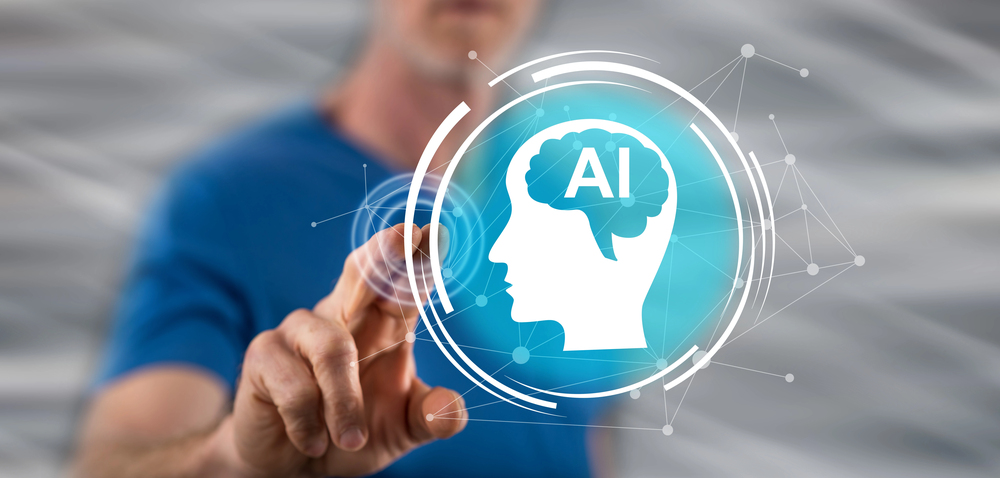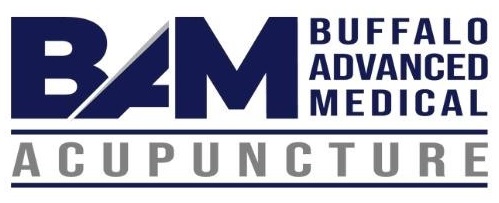Can AI Restore Movement in Quadriplegic Patients?

by Annette Pinder
Writing about this month’s cover model inspired me to explore how researchers are currently studying AI to help patients with quadriplegia regain movement. The following innovative technologies and methods are of particular interest.
Double neural bypass
uses brain implants and AI algorithms to create an electronic bridge that reconnects the brain to the body and spinal cord by bypassing the injured area. Microchips implanted into the brain of a man with quadriplegia, and AI algorithms developed to decode and translate his thoughts into actions, restored movement and sensation in his arm and hand. The patient has shown lasting improvements. Researchers at Feinstein Institutes for Medical Research at Northwell Health hope the technology may potentially treat various conditions causing paralysis.
Brain-computer interfaces (BCIs)
are being developed that utilize AI and machine learning to interpret signals from the brain related to movement intentions. This technology enables people with paralysis to control external devices, such as assistive tools, or even activate functional electrical stimulation (FES) to move their limbs.
Nerve stimulation devices
are aiding patients with paralysis in regaining the ability to walk, cycle, and swim. The devices utilize AI to program and deliver targeted electrical signals to specific areas of the spinal cord, activating the nerves necessary for movement.
AI-powered, mind-controlled exoskeletons
can interpret brain signals and convert them into commands, potentially enabling individuals with quadriplegia to move all four paralyzed limbs and even walk again.
Although these technologies are still mainly in experimental stages, they show significant progress in potentially using AI to restore movement and sensation in quadriplegic patients. Researchers say that this ongoing research offers the promise of significantly improving the lives of people living with paralysis.











